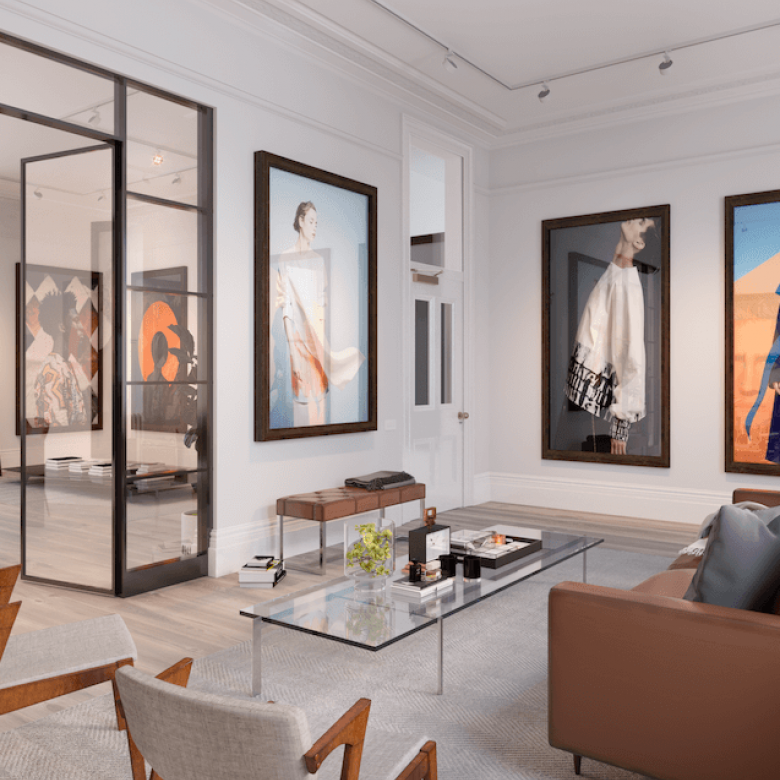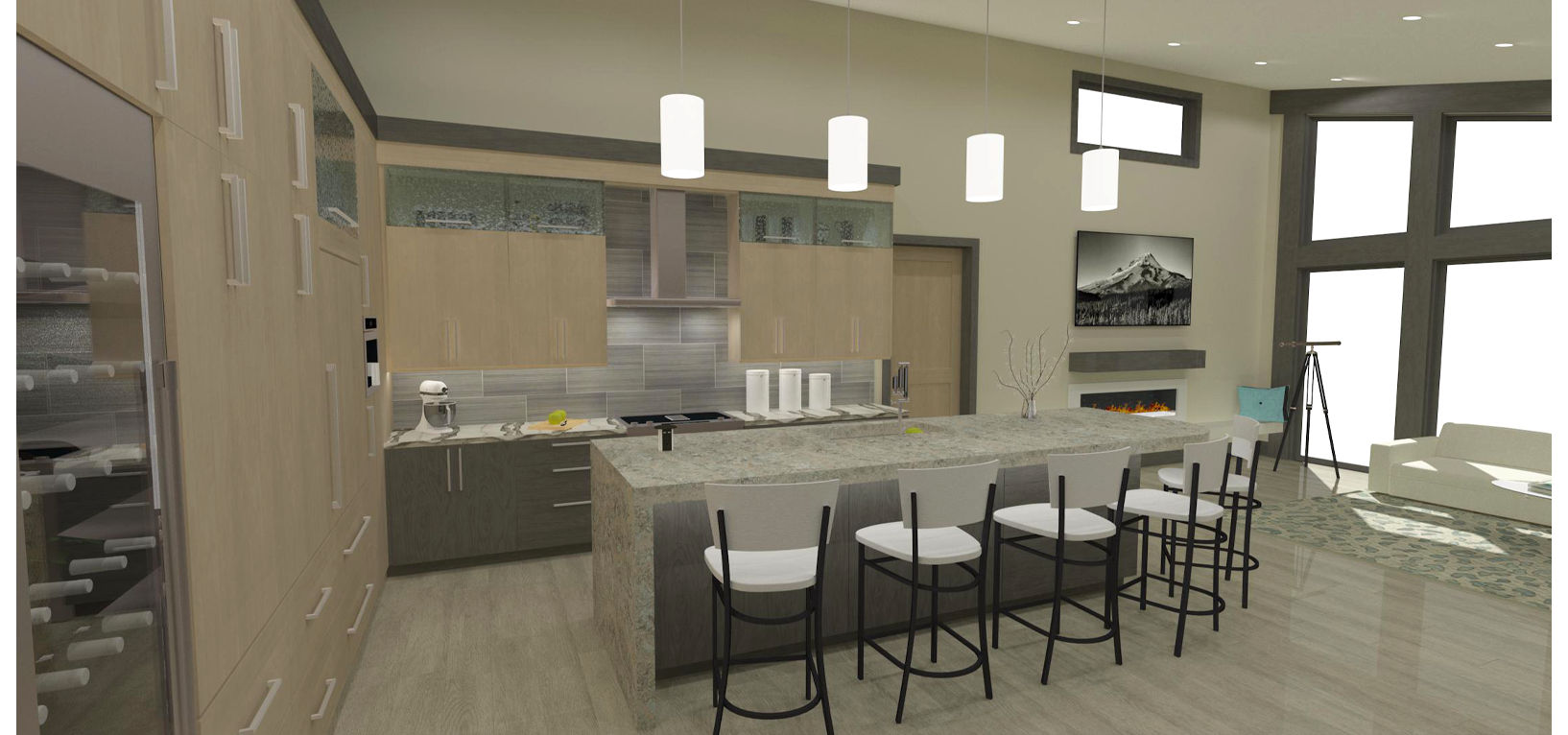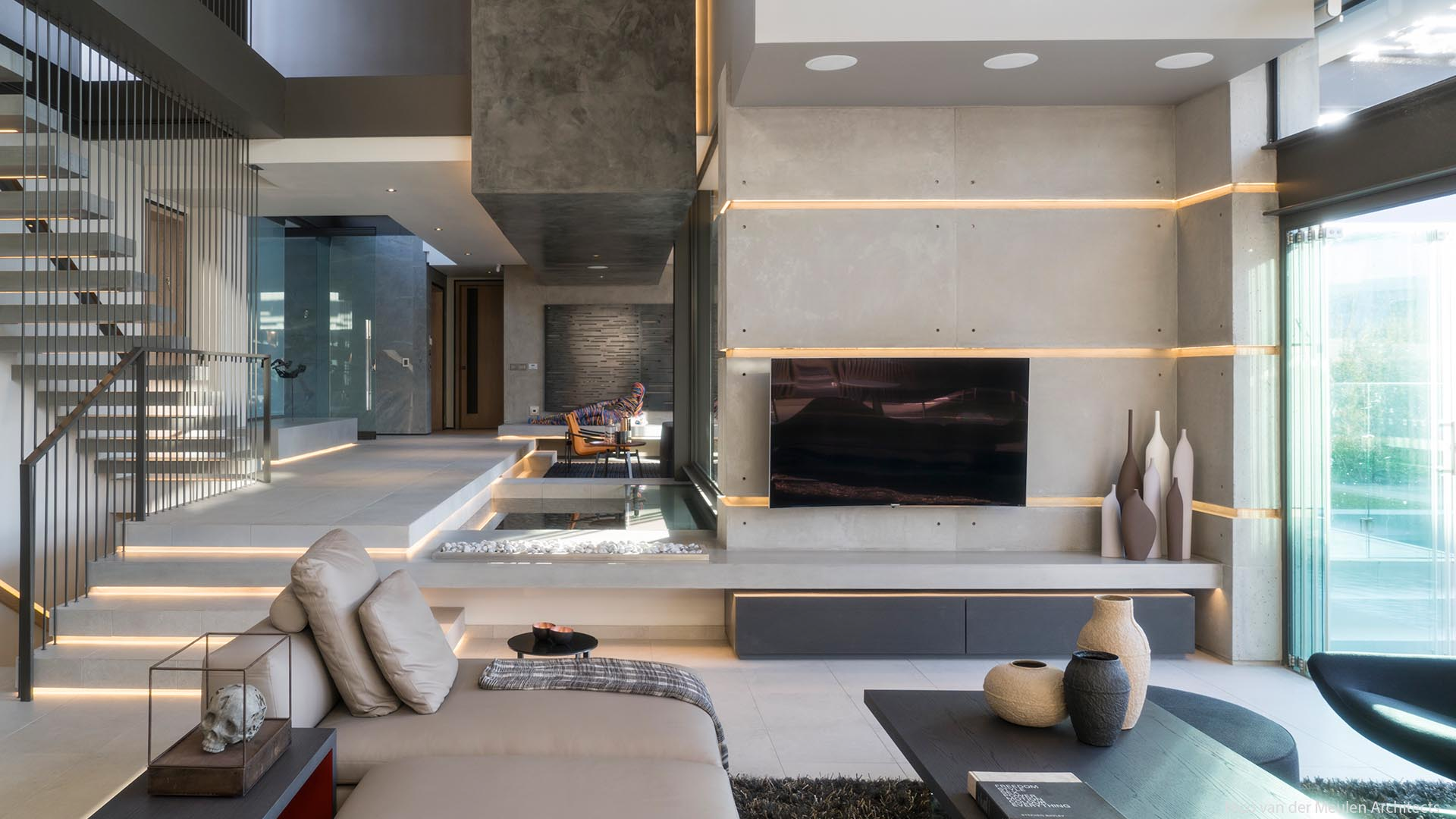Modern Sustainable Architects in Hampshire Specializing in Sustainable Homes
Wiki Article
The Art of Equilibrium: Just How Interior Design and Home Designer Collaborate for Stunning Outcomes
In the realm of home layout, striking an equilibrium in between aesthetics and functionality is no small feat. This fragile stability is attained via the harmonious collaboration between interior developers and designers, each bringing their distinct competence to the table. Remain with us as we check out the complexities of this collaborative procedure and its transformative effect on home design.Recognizing the Core Distinctions Between Interior Layout and Home Architecture
While both Interior Design and home architecture play important duties in producing aesthetically pleasing and useful areas, they are inherently different techniques. Home architecture primarily focuses on the architectural aspects of the home, such as building codes, security policies, and the physical building and construction of the area. It handles the 'bones' of the framework, dealing with spatial dimensions, bearing walls, and roofing styles. On the various other hand, Interior Design is a lot more worried with enhancing the visual and sensory experience within that structure. It entails picking and setting up furnishings, choosing color design, and integrating decorative components. While they function in tandem, their duties, responsibilities, and areas of experience diverge considerably in the production of a harmonious home atmosphere.The Synergy In Between Home Architecture and Inside Design
The synergy between home design and Interior Design depends on a common vision of layout and the improvement of useful aesthetic appeals. When these 2 fields line up sympathetically, they can change a home from ordinary to remarkable. This partnership calls for a much deeper understanding of each technique's concepts and the capacity to develop a cohesive, visually pleasing atmosphere.Unifying Layout Vision
Merging the vision for home design and Interior Design can produce an unified living room that is both useful and visually pleasing. The balance begins with an integrated attitude; engineers and indoor developers team up, each bringing their proficiency. This unison of ideas forms the design vision, a blueprint that guides the project. This common vision is necessary for uniformity throughout the home, guaranteeing a liquid change from outside design to interior areas. It promotes a synergistic approach where architectural components enhance Interior Design elements and vice versa. The result is a natural home that mirrors the house owner's way of life, taste, and individuality. Hence, unifying the layout vision is vital in blending style and Interior Design for spectacular results.Enhancing Functional Visual Appeals
Just how does the harmony in between home style and indoor layout boost useful aesthetics? Architects lay the foundation with their architectural layout, making certain that the room is effective and useful. An engineer might develop a house with large home windows and high ceilings.Value of Partnership in Creating Balanced Spaces
The collaboration in between interior developers and designers is pivotal in creating balanced rooms. It brings harmony between layout and design, giving birth to rooms that are not only aesthetically pleasing yet likewise functional. Checking out successful joint techniques can offer insights right into how this synergy can be effectively accomplished.Balancing Layout and Design
Balance, an important facet of both Interior Design and design, can just absolutely be achieved when these two fields job in harmony. This harmony is not just a visual factor to consider; it Get More Information affects the capability, durability, and eventually, the livability of an area. Inside engineers and designers need to understand each various other's functions, respect their expertise, and communicate effectively. They need to take into consideration the interplay of structural components with decoration, the circulation of spaces, and the impact of light and color. This joint procedure results in a cohesive, balanced style where every component contributes and has an objective to the total visual. For that reason, integrating layout and style is not almost producing lovely rooms, but about crafting spaces that work perfectly for their occupants.Successful Collective Methods

Case Studies: Successful Combination of Style and Style
Analyzing a number of situation studies, it emerges just how the effective combination of Interior Design and architecture can change an area. The Glass Residence in Connecticut, renowned for its minimalistic beauty, is one such example. Designer Philip Johnson and interior designer Mies van der Rohe teamed up to produce an unified balance in between the framework and the interior, causing a smooth flow from the exterior landscape to the inner living quarters. An additional prototype is the Fallingwater Residence in Pennsylvania. Architect Frank Lloyd Wright and indoor developer Edgar Kaufmann Jr.'s collaborative efforts bring about a strikingly special residence that mixes with its all-natural surroundings. These case research studies highlight the extensive effect of an effective style and architecture partnership.
Conquering Difficulties in Layout and Style Partnership
In spite of the obvious benefits of an effective collaboration in between Interior Design and style, it is not without its challenges. Interaction concerns can arise, as both celebrations might utilize various terms, understandings, and techniques in their work. This can cause misunderstandings and delays in project completion. One more significant difficulty is the balancing act of looks and capability. Designers might prioritize structural stability and safety and security, while developers concentrate on comfort and design. The integration of these objectives can be intricate. Furthermore, budget plan and timeline restrictions often add stress, possibly triggering breaks in the partnership. As a result, reliable interaction, common understanding, and concession are important to get rid of these obstacles and achieve a unified and successful partnership.
Future Fads: The Evolving Relationship Between Home Architects and Inside Designers
As the world of home style proceeds to progress, so does the This Site relationship between architects and interior developers. Conversely, interior developers are welcoming technological facets, affecting general layout and functionality. The future assures a more cohesive, ingenious, and flexible strategy to home layout, as developers and engineers continue to obscure the lines, cultivating a relationship that truly symbolizes the art of balance.Conclusion
The art of balance in home style is achieved through the unified cooperation between interior designers and designers. An understanding of each other's disciplines, reliable communication, and shared vision are essential in creating visually spectacular, practical, and inviting rooms. Despite obstacles, this partnership promotes development and technology in style. As the partnership in between home designers and interior developers progresses, it will certainly remain to form future patterns, improving comfort, efficiency, and personal expression in our home.While both interior layout and home architecture play important functions in producing aesthetically pleasing and useful spaces, they are naturally various techniques.The synergy between home architecture and indoor style exists in a common vision of style and the enhancement of functional aesthetic appeals.Unifying the vision for home architecture and indoor style can develop a harmonious living room that is both practical and visually pleasing. Therefore, unifying the design vision is essential in mixing style and indoor style for spectacular results.
Just how does the harmony in between home architecture and interior style enhance functional appearances? (Winchester architect)
Report this wiki page